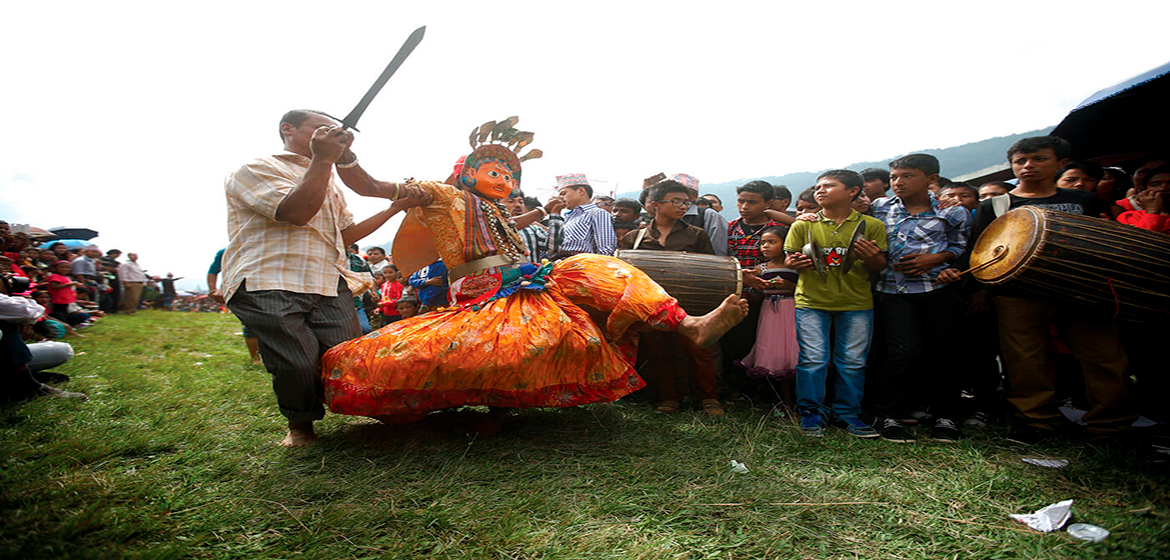By Sahina Shrestha
The people of Khokana have had enough of a state that doesn’t value their way of life
For a long time in Nepal’s history, all roads led to Kathmandu. Two democratic movements, a decade-long war, and many political upheavals later, all roads still lead to Kathmandu. But the locals of Khokana, a sleepy farming town 10km south of the Ring Road, are asking if it still has to be so. Do the new highways and transmission lines have to go through their sacred sites?
, and used to supply the oil to much of the Valley. The town used to be a living heritage museum until the 2015 earthquake destroyed many of its houses and temples. Now, the town faces a threat even bigger than earthquakes: bulldozers.
Five future infrastructure projects will affect Khokana, which sits right on the planned alignments for the Highway, the Outer Ring Road, the Bagmati Corridor project, Patan’s satellite city and the Kulekhani 132kVA . Khokana stands to lose almost 60% of its fertile farms and much of its heritage (see map).





